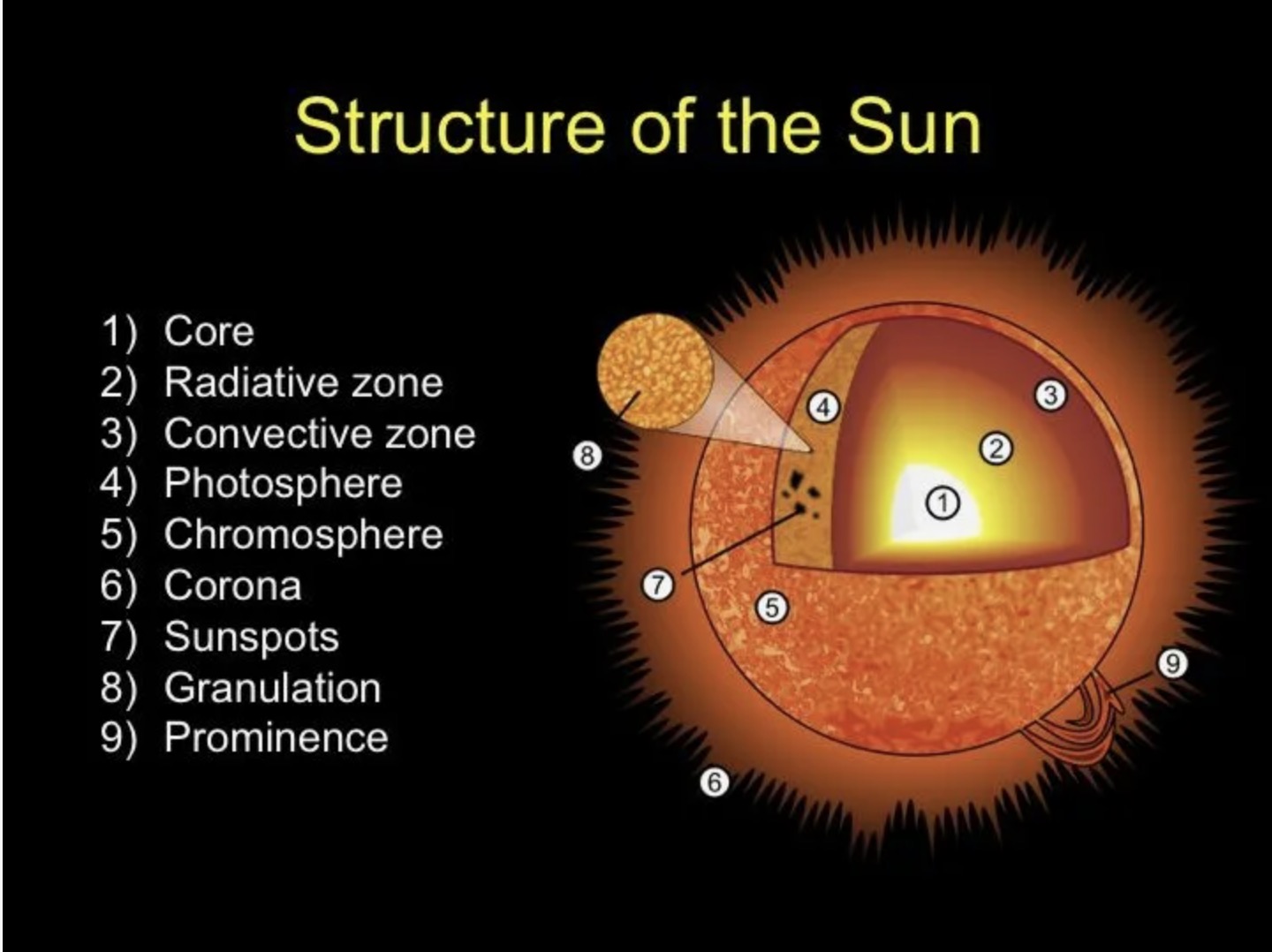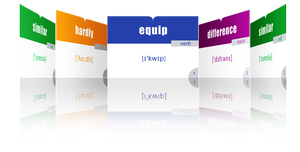SCIENCE-THE SUN
- Подробности
- 388
The Sun is the center of our Solar System. It is a hot ball of gas that gives Earth light and heat. Inside, hydrogen turns into helium and releases energy.
THE SUN

The Sun is the center of our Solar System, and all the planets go around it. The Sun is a medium-sized star, but it is the biggest object in our Solar System, so its gravity pulls everything toward it. Scientists think the Sun is about 4.6 billion years old. It gives us light and heat. The Sun’s diameter is about 1,392,000 km compared to Earth’s 12,742 km, making it roughly 109 times as wide as Earth.
Without the Sun, life on Earth could not exist. Plants use sunlight to make food and oxygen (this is called photosynthesis). Plants take in carbon dioxide, and animals and people breathe the oxygen plants make. The Sun keeps our world warm and bright so living things can survive.
The Sun is mostly hydrogen and helium. Deep in the center, tiny atoms join together in a process called nuclear fusion. This makes a huge amount of energy. The energy moves out to the surface and then into space as light and heat. The Sun also blows a stream of tiny particles called the solar wind. Core temperature of the Sun: about 15,000,000 K (≈ 15 million °C ). Surface temperature (photosphere): about 5,770 K (≈ 5,500 °C ).
The Sun is active. Sometimes darker areas called sunspots appear, and there can be bright solar flares. Big bursts of gas can fly into space. These events can make beautiful auroras near Earth’s poles and can sometimes bother satellites and radios.
People study the Sun with telescopes and space missions like SOHO, SDO, Parker Solar Probe, and Solar Orbiter. The Sun is about halfway through its life. In around 5 billion years, it will grow into a red giant and later become a white dwarf. For now, it shines every day and makes life on Earth possible.
LISTEN TO THE TEXT




 Как правильно изучать английский язык по карточкам (статьи)
Как правильно изучать английский язык по карточкам (статьи)